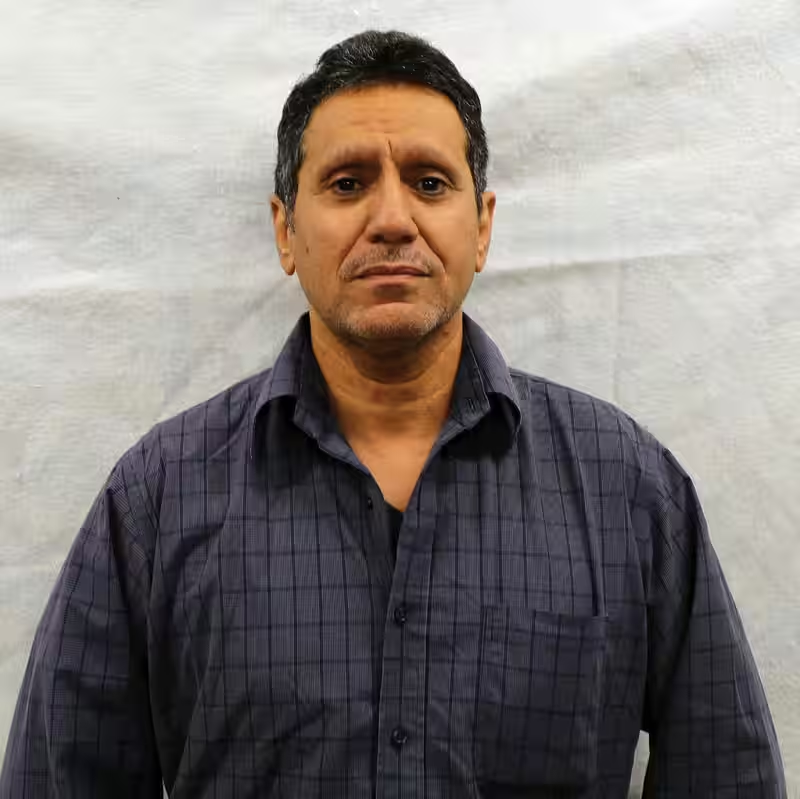Table of Contents
- Shocking Details from a Redacted Past
- The Shadow World of CIA Black Sites
- A Pattern of Unauthorized Abuse
- What This Means for U.S. Accountability
- Sources
Shocking Details from a Redacted Past
In a chilling revelation from newly surfaced documents, fragments of a once-classified 2003 CIA cable have exposed disturbing acts of torture carried out by an interrogator at a secret overseas prison—acts that were never authorized by agency headquarters.
According to the partially redacted cable published by The New York Times on October 13, 2025, an interrogator used a power drill and a handgun to terrorize a blindfolded detainee in an effort to extract intelligence about Al Qaeda. In one harrowing segment, the interrogator is described as revving the drill near the prisoner’s head. In another, he pressed a loaded handgun against the man’s temple.
These tactics—gruesome, theatrical, and psychologically devastating—were not part of any approved interrogation protocol. They were carried out covertly, without the knowledge or consent of CIA leadership in Langley.
The Shadow World of CIA Black Sites
The incident occurred in the chaotic aftermath of the September 11, 2001 attacks, when the CIA rapidly expanded its global detention and interrogation program. Dubbed “black sites,” these clandestine prisons operated in countries like Poland, Thailand, and Romania, far from public scrutiny and legal oversight.
While the U.S. government has long acknowledged the use of “enhanced interrogation techniques”—a euphemism for torture—this latest disclosure underscores how individual operatives sometimes exceeded even those controversial boundaries.
The prisoner in question has been identified as Abd al-Rahim al-Nashiri, a high-value detainee accused of masterminding the 2000 bombing of the USS Cole. He remains imprisoned at Guantánamo Bay, where he faces a military commission trial that has been delayed for over a decade.
A Pattern of Unauthorized Abuse
What makes this case particularly alarming is not just the brutality, but the lack of accountability. The 2003 cable suggests that field operatives felt empowered—or desperate enough—to invent their own methods of coercion.
Historical investigations, including the 2014 Senate Intelligence Committee report on CIA torture, documented systemic abuses but often stopped short of prosecuting individuals. This newly revealed episode adds weight to long-standing criticisms that the U.S. prioritized intelligence gathering over human rights and legal norms.
“This wasn’t just ‘enhanced interrogation,’” said a former intelligence official who spoke on condition of anonymity. “This was sadism disguised as national security.”
What This Means for U.S. Accountability
Over two decades later, the legacy of these black sites continues to haunt America’s global reputation. Human rights organizations argue that the failure to hold perpetrators accountable has emboldened authoritarian regimes to justify their own abuses.
For victims like al-Nashiri, justice remains elusive. His lawyers have repeatedly cited torture as grounds to dismiss his case, but military judges have so far allowed the prosecution to proceed.
As more fragments of classified history come to light, the question persists: Can a democracy that once sanctioned secret torture truly reckon with its past?




